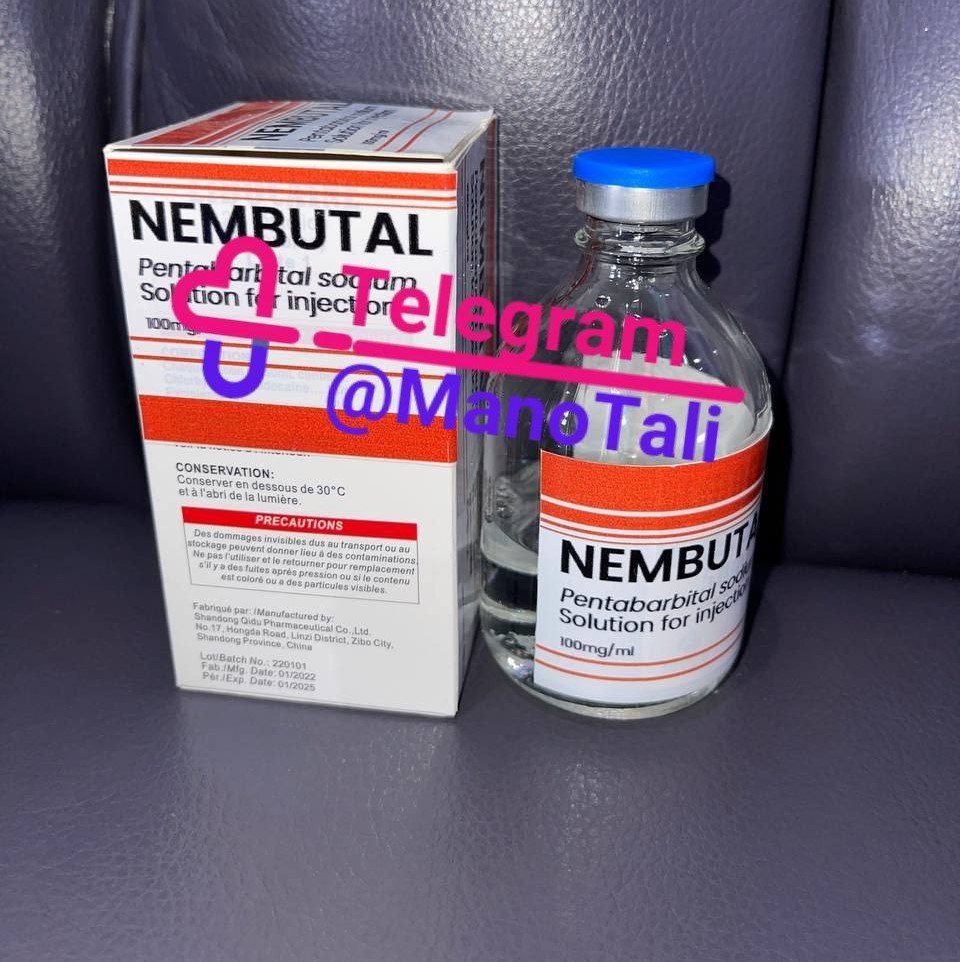Pentobarbital Liquid: An Overview
Pentobarbital liquid, a barbiturate, is a potent central nervous system depressant used for a variety of medical and veterinary purposes. Its applications range from anesthesia induction to euthanasia in both humans and animals. This article provides an in-depth overview of pentobarbital liquid, its uses, administration, risks, and legal considerations.
What is Pentobarbital?
Pentobarbital belongs to the barbiturate class of drugs, which are known for their sedative, hypnotic, and anticonvulsant properties. Initially synthesized in the early 20th century, pentobarbital has been a critical component in medical and veterinary care for decades. Its liquid formulation allows for precise dosing and ease of administration in specific scenarios.
Uses of Pentobarbital Liquid
- Medical Use
- Anesthesia: Pentobarbital is used to induce and maintain anesthesia, particularly in scenarios requiring rapid onset and controllable effects.
- Sedation: It is employed for sedation in intensive care settings, especially for patients requiring mechanical ventilation.
- Seizure Control: In certain cases, pentobarbital is used to manage refractory seizures, particularly status epilepticus, when other treatments have failed.
- Veterinary Use
- Euthanasia: Pentobarbital liquid is a preferred agent for humane euthanasia in animals due to its rapid and painless action.
- Anesthesia and Sedation: It is utilized for surgical procedures and diagnostic imaging in veterinary medicine.
- End-of-Life Care:
- In some jurisdictions, pentobarbital liquid is approved for use in assisted dying protocols, providing a peaceful and dignified death for terminally ill patients.
Mechanism of Action
Pentobarbital acts by enhancing the activity of gamma-aminobutyric acid (GABA), a neurotransmitter that inhibits brain activity. By binding to GABA receptors, pentobarbital amplifies inhibitory signals in the central nervous system, leading to sedation, unconsciousness, and, at high doses, respiratory depression and cardiac arrest.
Administration
Pentobarbital liquid is typically administered via:
- Intravenous Injection: Offers rapid onset, ideal for acute settings.
- Oral Administration: Used in specific medical protocols, including palliative care.
- Intraperitoneal Injection: Common in veterinary practice.
Dosage depends on factors such as patient weight, purpose of use, and medical condition.
Risks and Side Effects
While effective, pentobarbital carries significant risks:
- Overdose: High doses can lead to respiratory depression, coma, and death.
- Addiction: Prolonged use may cause physical dependence and withdrawal symptoms.
- Side Effects: These may include dizziness, confusion, nausea, and allergic reactions.
Due to these risks, its use is strictly regulated, and administration should only occur under professional supervision.
Legal Status
Pentobarbital liquid is classified as a controlled substance in most countries due to its potential for misuse. Its availability is limited to licensed medical and veterinary professionals. Laws regarding its use vary:
- United States: Schedule II controlled substance, strictly regulated.
- European Union: Available for veterinary use and limited medical applications.
- Other Countries: Regulations differ widely; some allow its use in end-of-life care.
Ethical Considerations
The use of pentobarbital in euthanasia and assisted dying remains a subject of ethical debate. While advocates emphasize the importance of patient autonomy and humane practices, opponents raise concerns about potential misuse and societal implications.
Alternatives to Pentobarbital
In situations where pentobarbital is unavailable or unsuitable, alternatives include:
- Propofol: For anesthesia and sedation.
- Midazolam: Used for seizure control and sedation.
- Phenobarbital: An alternative barbiturate for long-term seizure management.
Conclusion
Pentobarbital liquid is a powerful and versatile drug with significant medical and veterinary applications. However, its potency necessitates cautious use and strict adherence to regulatory guidelines. Understanding its benefits and risks ensures its safe and ethical application in various settings.

Reviews
There are no reviews yet.